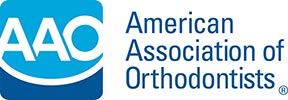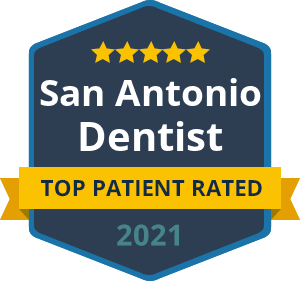In my last blog post, Early Orthodontic Treatment: A Message to Moms, I shared the importance – and benefits – of early examination around the age of seven, which helps my team and I at Schatz Orthodontics address the structure of the jaw and teeth while your child still has his or her primary, or baby, teeth.
If problems are identified in our initial evaluation, the next step will be to map out an early treatment plan that will help ensure you a sense of wellbeing – and your child a beautiful smile.
How to tell if your child may need early orthodontic treatment:
- Early or late loss of baby teeth (Your child may start losing teeth around age five, and should have the majority of the permanent teeth in by 11-13 years old.)
- Difficulty chewing and/or biting food
- Continuing to suck thumb or fingers after age five
- Speech impediments
- Protruding teeth (The top teeth and the bottom teeth extend away from each other.)
- Teeth that don’t come together in a normal manner or even at all
- Shifting of the jaw when your child opens or closes his or her mouth
- Jaws and teeth that are not proportionate to each other or the overall face
- Underbite (Bottom front teeth are in front of the top front teeth)
- Crowded, misplaced, or blocked teeth
- Crowded front teeth around age seven or eight
- Crossbite (Top teeth behind the bottom teeth when biting)
Early orthodontic treatment (also known as Phase One) typically begins around age eight or nine. The goals of early treatment will depend on any problems that are found during the initial examination. Early treatment generally focuses on creating a normal environment for the growth and development of the jaws and teeth. Addressing an abnormal bite or growth of the jaws, or an imbalance between the size of the teeth and the jaws at an early age can reduce the complexity of treatment and need for extraction of teeth
Between the ages of 7 and 10, your child will need to be monitored to ensure that his or her permanent teeth erupt normally and at the right time. We will need to plan for lack of spacing for the larger permanent teeth if crowding is an issue, and also watch for bite issues that can affect the growth of the jaws. Once patients develop imbalances in their jaw development, it is more difficult to correct.
During Phase One, orthodontic appliances, retainer-like devices, or partial braces may be placed to prevent a problem from occurring, correct a current problem, or help to modify your child’s growth and dental development. It isn’t uncommon for a second phase of treatment to be needed after this first phase. (Phase Two, which usually involves full upper and lower braces, will generally begin around age 11 or older.)
And remember, at Schatz Orthodontics, my team and I welcome your visit and would love to work with you to ensure that your child is blessed with a lifetime of beautiful smiles.
NOTE: In my next post in this series, I will continue the Orthodontic Journey and share more information about Phase Two treatment, which takes us into those all-important pre-teen and teen years.
Posted on behalf of
22610 US Highway 281 North, Suite 201
San Antonio, TX 78258
Phone: (210) 494-4606







